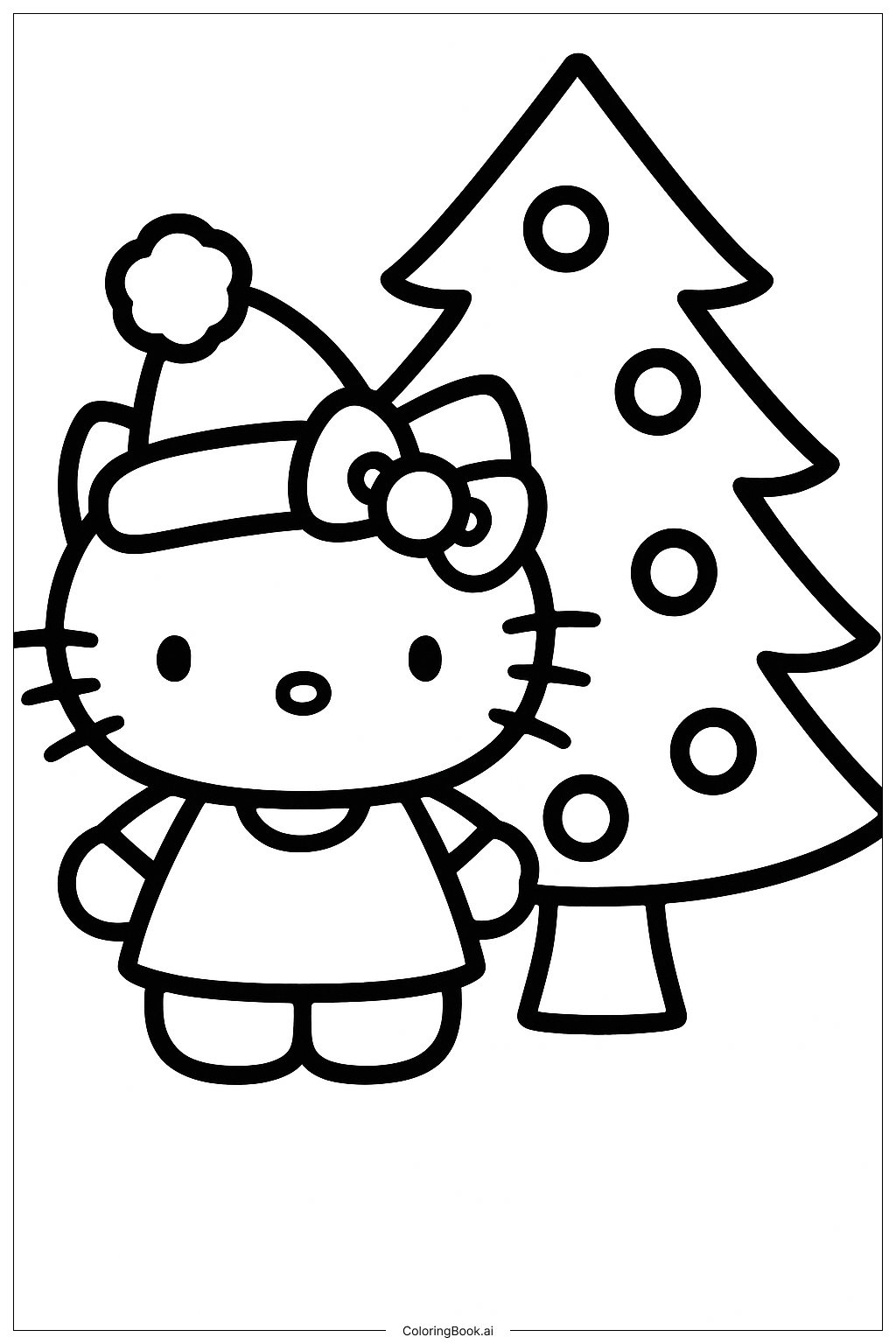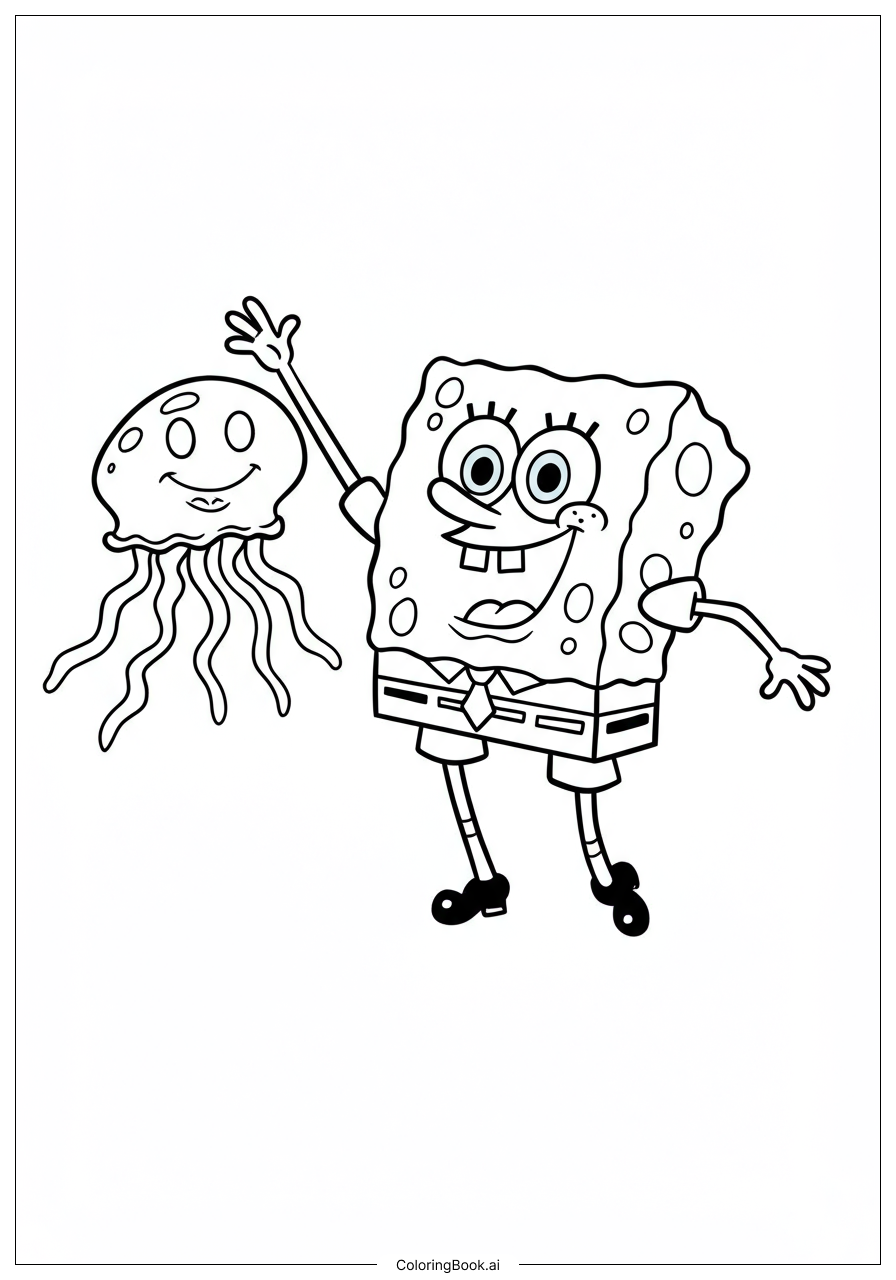Coloring tips: How to color Peppa Pig Planting Flowers In Garden coloring page well?
To color Peppa, use a light pink shade for her skin, making her stand out against the colorful flowers. For her dress, a bright red would be perfect, while her shoes can be colored in yellow or any other fun color. The flowers can be a mix of vibrant colors like yellow, blue, and purple, making the garden look lively. Use shades of green for the leaves and the grass to create a fresh, natural feel. The sky can be colored light blue, and the sun can be a bright yellow, making the whole scene cheerful and inviting.
Coloring challenges: Which parts are difficult to color and need attention for Peppa Pig Planting Flowers In Garden coloring page?
1. Color blending: Achieving smooth color transitions in the flowers might be tricky for some kids. Mixing colors like purple and yellow to create realistic flower shades requires practice. 2. Keeping lines within boundaries: Younger children may find it challenging to color within the lines, especially with small details like the butterflies. They may need supervision or guidance. 3. Color selection: Some kids might struggle with choosing colors that complement each other, making it harder to visualize a beautiful final product. Encouraging creativity can help overcome this obstacle. 4. Detailing the worm: Coloring the worm may pose a difficulty since it requires precision to depict its natural colors, which is different from the more straightforward coloring of larger areas. 5. Working with multiple elements: With elements like flowers, butterflies, and the sun, children might feel overwhelmed. It is essential to approach coloring one element at a time, providing clear directions.
Benefits of coloring books: Advantages of drawing Peppa Pig Planting Flowers In Garden coloring page
Coloring this page offers numerous benefits for children. It enhances fine motor skills as they practice holding their coloring tools and staying within the lines. It also encourages creativity, as they choose colors and create their unique interpretations of the garden scene. Emotional benefits include stress relief; focusing on the page allows for a calming experience. Coloring can also promote hand-eye coordination as children learn to control their movements. Additionally, discussions about nature and gardening can be sparked by this page, teaching kids valuable lessons in environmental care and appreciation.





